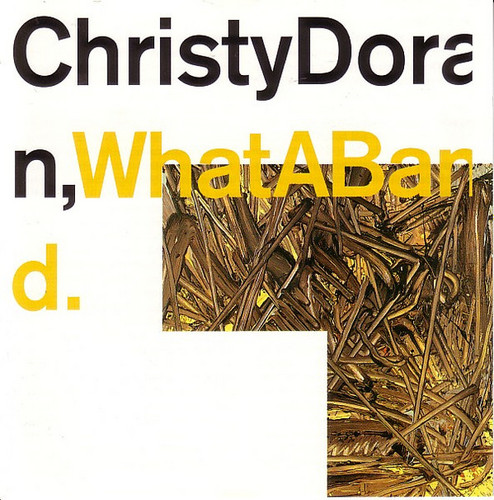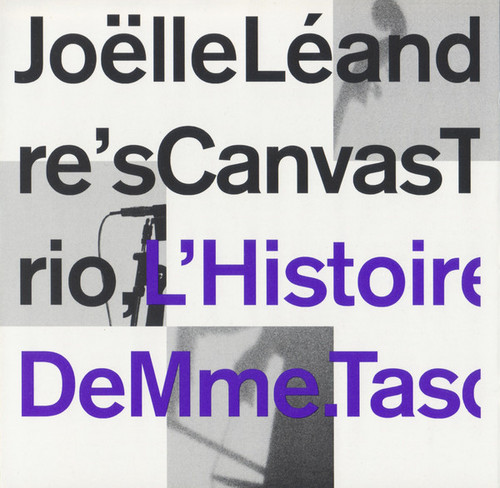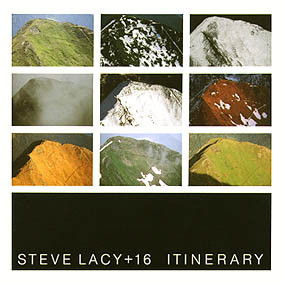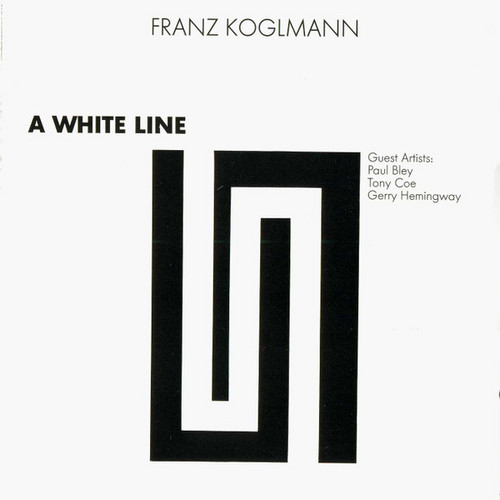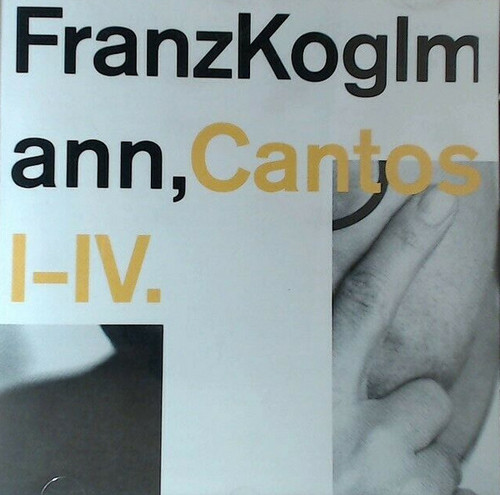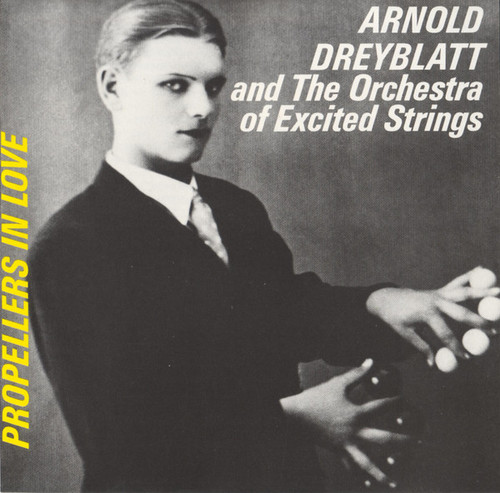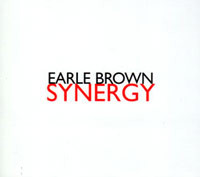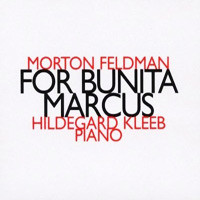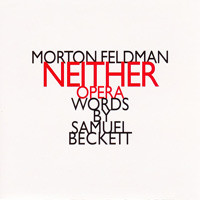★Hat Art
Mantra
2014 release ** "Composed in 1970, Mantra, for two pianos and ring modulation, was one of the decisive turning points in Karlheinz Stockhausen’s career. The 70-minute piece not only signalled a break with the text-based intuitive works, relying heavily on improvisation, that had come to dominate his output towards the end of the previous decade and a return to fully notated scores, but also introduced the idea of melodic formulae, the “mantra” of the title, which Stockhausen would eventually dev…
Flute News
1992 release ** Christy Doran on acoustic and electric guitars and delay devices.
L'Histoire De Mme. Tasco
1993 release ** "This trio, comprised of bassist/vocalist Jöelle Léandre, violinist Carlos Zingaro, and accordion and clarinet player Rüdiger Carl have, under the auspices of Léandre's inspiration, come together to create a musical mosaic under the guise of "chamber improvisation." These players take their cues from long developed practices like nuance, empathy and even a kind of sonic telepathy. Léandre, though most understated, is clearly the catalyst in making all things possible in this trio…
Itinerary
1991 release ** "Recorded at the Listen to Lacy festival in Vienna, 1990, this large ensemble recording is really the Steve Lacy Sextet plus ten. One of the dectet members is Franz Koglmann. Although some of Lacy's other large group experiments met with mixed results, it is not so here. Itinerary, with its seven selections, is an orchestral work on par with at of Gil Evans' (to whom this record is dedicated) Out of the Cool sessions for Impulse, and of course the Gil Evans and Ten recordings tha…
A White Line
2024 Stock. Minor signs of wear from long-time storage. ** "A White Line is, in many ways, Austrian composer, arranger, flugelhorn player, and bandleader Franz Koglmann's most controversial work because in it, he dares to use race as a compositional element. His is not merely a cultural dissension but a musical one. A White Line is Koglmann's salute to the white lineage in jazz, from Bix Beiderbecke through to Chet Baker, and including perhaps even one of his guests on this recording: pianist an…
Cantos I-IV
2024 Stock. Minor signs of wear from long-time storage. ** "Webster's defines the word canto as "one of the major divisions in a long poem." These four cantos of the Austrian composer and flügelhorn maestro Franz Koglmann are indeed major divisions in a long poem, but that poem happens to be musical. Rather than look at Cantos I-IV as a symphony with four movements, it is better to view them as breaks in the various traditions that Koglmann has been inspired by and participates in: jazz in all i…
Propellers In Love
Arnold Dreyblatt has been called "the most rock 'n' roll of all the composers to emerge from New York's downtown scene in the 1970s." Arnold Dreyblatt founded the Orchestra Of Excited Strings in 1979, harnessing unusual tuning intervals to an exuberant performance style. Propellers In Love, the Orchestra's second album – originally released in 1986 on the Stasch imprint, in conjunction with the contemporary art space Künstlerhaus Bethanien – develops Dreyblatt's rhythmically exacting exploration…
Sinergy
The question of form is key in the music of Earle Brown, one of the foremost American composers of the past fifty years. It was a certain amount of serendipity and a shared interest in the liberation of musical form which brought Brown to gether, circa 1951, with John Cage, Morto n Feldman, Christian Wolff, and David Tudor, in what was for a time called the New York School. … There was a close identification between these composers and painters at this time, and Feldman and Brown, especially, to…
Madrigale
We know the mantra all too well: If I love it, what can I do but repeat it? If I repeat it, what can I do but get bored with it? One answer might be (must be): to make out of its repetition something infinitely variable. This Clementi has done for the last twenty years. He has found a technician's answer to the familiar question of what to do, musically, with the compulsive nature of memory, the obstinate tenacity of the Proustian 'petite phase'. Beethoven and Brahms exorcised this power, this c…
For Bunita Marcus
For Bunita Marcus has an aura like that which emanates off Rothko’s greatest paintings, an aura that makes the experience, no less than the creation, more than an act of will, an act of devotion. — Art Lange
Neither
Neither has been identified by some as an opera (it was commissioned by the Rome Opera) but it makes use of none of the conventions of traditional opera. There is no story, no mise-en-scene. The intensity results from emotional/aesthetic tension, not plot manipulation or character confrontation. The music does not attempt to accompany or depict the text in the usual fashion; instead Feldman has created a kind of musical equivalent to the environment that Beckett's words suggest, invoking …

